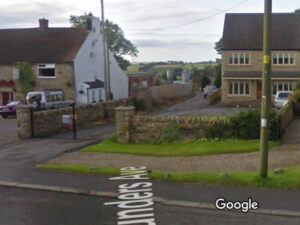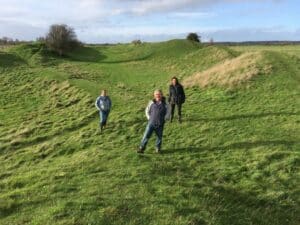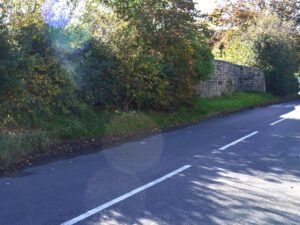Town and village greens are the essence of rural England and Wales.
Story-book images of village greens tend to be of an expanse of grass in the centre of a village complete with oak tree and seat, or a carefully-manicured recreation ground just outside the village, where cricket is played in the lengthening shadows of a summer evening, and the villagers dance round the maypole.
In fact, they are much more than that, and very varied.
Did you know?
The best way to protect your village/town green is to register it. Registering it gives it protection.
Don't take it for granted.
What is a village green?
A green is any land on which a significant number of inhabitants of any area has indulged in lawful sports and pastimes, for 20 years, as of right.
We believe there to be about 3650 registered greens in England and about 220 in Wales, covering about 8150 and 620 acres respectively.
Want to protect your village green?
Join the Open Spaces Society, and benefit from our expert advice. Here are some examples of cases where we have given guidance to individual, group and local authority members. Depending on where you live, you may also have a local Open Spaces Society correspondent (our name for volunteer) who may be able to help you.
Read about our campaigning work for town and village greens here.
Further resources about Village Greens
Court cases on town and village greens
We publish a commentary about most decisions in the courts about town or village green registration cases. You can find a list of these cases here together with a hyperlink to our commentary or (where there is none) to a report of the case on the website of the British and Irish Legal Information Institute.




